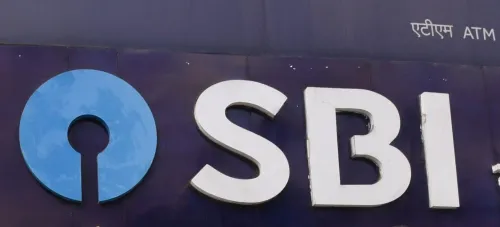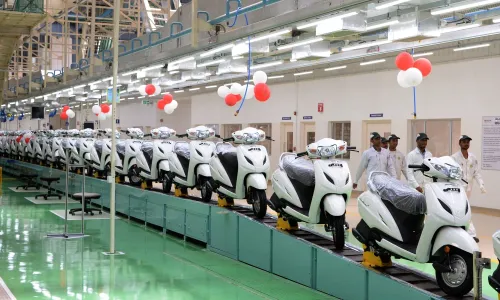Are Indian Small Finance Banks' Advances Set to Surpass Rs 2 Lakh Crore This Fiscal?

Synopsis
Key Takeaways
- Advances expected to exceed Rs 2 lakh crore.
- Projected growth rate of 16-17 percent YoY.
- Continued expansion in non-microfinance sectors.
- Importance of diversification for asset quality.
- RBI guidelines influence SFB operations.
New Delhi, Oct 28 (NationPress) The advances of small finance banks (SFBs) are set to exceed Rs 2 lakh crore during this fiscal year, indicating a growth rate of 16-17 percent year-on-year (YoY). This figure surpasses the previous fiscal's growth rate of 13 percent, according to a report released on Tuesday.
This increase is attributed to ongoing expansion in the non-microfinance sectors and a steady recovery of the microfinance loan portfolio from last year’s decline.
Despite the robust credit growth, establishing a solid and sustainable liability framework is critical for SFBs, as noted by Crisil Ratings in its report.
The report indicates that the proportion of non-microfinance advances in SFB loans has already climbed to 67 percent as of March 2025, up from 50 percent in March 2022.
Among these, mortgage loans (including housing loans and loans against property) have the largest share, with a stunning 3-year compound annual growth rate (CAGR) of 38 percent.
This is followed by vehicle loans and loans for micro, small and medium enterprises (MSMEs), which have grown at CAGRs of 32 percent and 31 percent, respectively.
Additionally, SFBs have increased their offerings in areas such as gold loans, agricultural credit, loans against fixed deposits, and wholesale funding in their loan portfolios over the last three fiscal years.
“This year, credit growth in non-microfinance sectors is anticipated to be between 23-25 percent. The lower interest rates are expected to stimulate demand for affordable housing, while policy support for MSMEs and the recent reduction in goods and services tax on vehicle loans will also prove beneficial,” stated Aparna Kirubakaran, Director at Crisil Ratings.
Conversely, microfinance is expected to grow at a more modest 4-5 percent, recovering from a 14 percent decline last fiscal year, she added.
Moreover, the report highlights that segmental diversification has been a longstanding growth theme for SFBs, many of which were originally microfinance institutions (MFIs) at the time of their conversion.
This strategy will persist this fiscal year, as recent challenges in microfinance drive a sharper focus on diversification into other sectors to alleviate asset-quality concerns.
Diversification is essential due to the Reserve Bank of India (RBI) guidelines, which necessitate thresholds of 3 percent for gross non-performing assets and 1 percent for net non-performing assets for SFBs seeking a universal banking license.
Given the vulnerability of microfinance loans to sociopolitical factors, diversification, particularly into secured asset classes, would bolster asset quality. Additionally, these guidelines qualitatively favor SFBs with diverse loan portfolios, as noted in the report.










